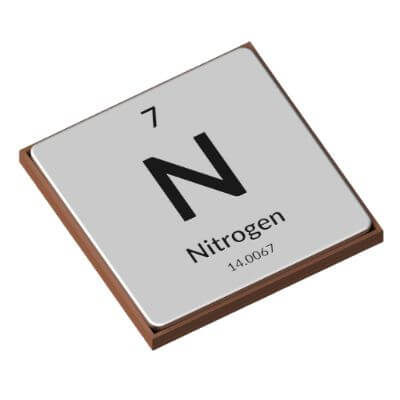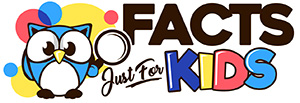
- Name: Nitrogen
- Symbol: N
- Atomic Number: 7
- Atomic Weight: 14.0067 u
- Period: 2
- Group: 15
24 Nitrogen Facts for Kids
- Nitrogen is a chemical element on the periodic table.
- Nitrogen is a gas that is colorless, odorless and tasteless.
- Nitrogen was discovered by Scottish physician Daniel Rutherford in 1772. Daniel called his discovery noxious air.
- Nitrogen got its named from French chemist Jean-Antoine Chaptal in 1794.
- Nitrogen is a gas at room temperature.
- The symbol for nitrogen is N.
- The atomic number for nitrogen is 7.
- The standard atomic weight of nitrogen is 14.0067 u.
- Nitrogen is in the reactive nonmetal group on the periodic table.
- Nitrogen is a period 2 chemical element, which is the second row on the periodic table.
- Nitrogen is a group 15 chemical element, which is the nitrogen group.
- Nitrogen has two stable isotopes and they are 14N and 15N.
- The melting point for nitrogen is -346 °F (-210 °C).
- The boiling point for nitrogen is -320.431 °F (-195.795 °C).
- Nitrogen is the seventh most abundant element found in our Solar System and the Milky Way galaxy.
- Dinitrogen (N2) makes up between around 78% of the Earth’s atmosphere.
- Nitrogen is the fourth most abundant element found in the human body.
- The human body is made up of about 3% nitrogen by mass.
- Nitrogen is present in all living organisms.
- Nitrogen is used to flash freeze foods and help retain their flavor, texture and moisture.
- Nitrogen is a popular refrigerant used to store organic material, like the eggs from an ovary of a human female.
- The compound nitroglycerin, also called nitro, is a contact explosive that is one of the planets most powerful explosives.
- The compound Nitrous oxide, also called nitrous or laughing gas, is used as anesthesia by medical professionals.
- Titan is a moon of Saturn that has a dense atmosphere made up of about 97% nitrogen.
Additional Resources on Nitrogen
- Nitrogen – RSC – Read more facts about nitrogen on the Royal Society of Chemistry website.
- Nitrogen – Los Alamos – Discover some cool facts about nitrogen on the Los Alamos National Labratory website.
- Nitrogen – Britannica – Explore the Britannica website to find more facts about nitrogen.
- Nitrogen – Wikipedia – Find more nitrogen facts on the Chemicool website.
